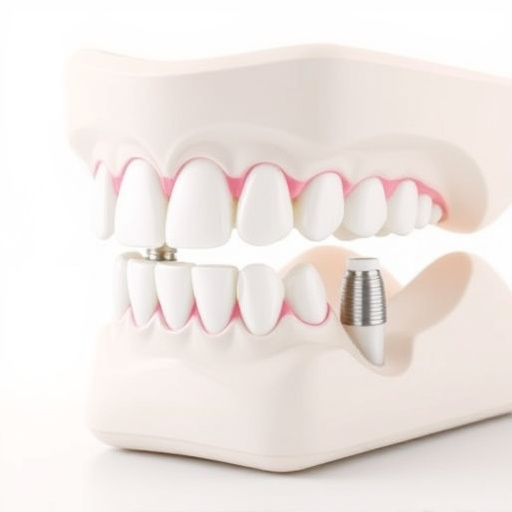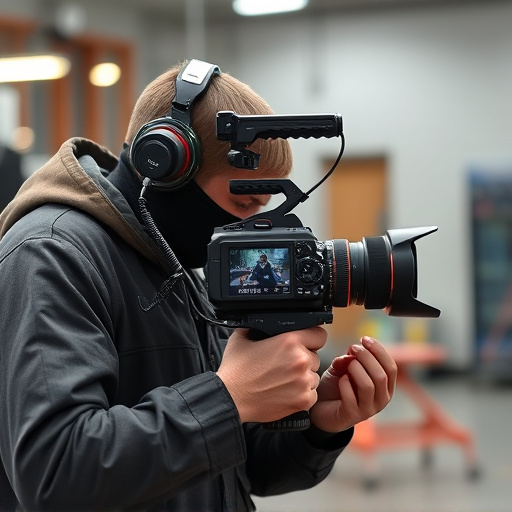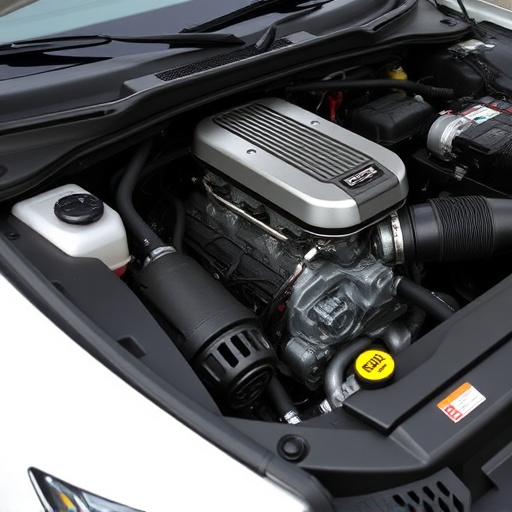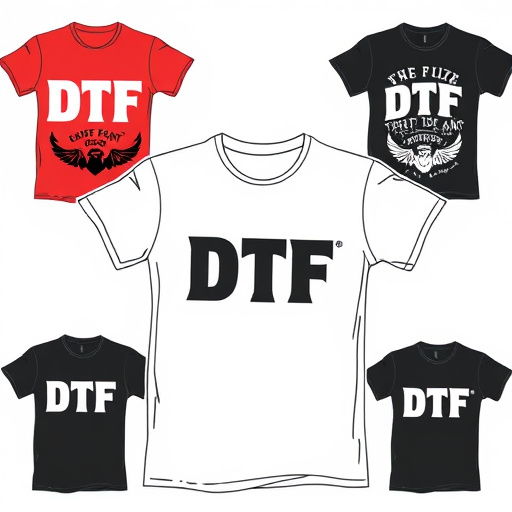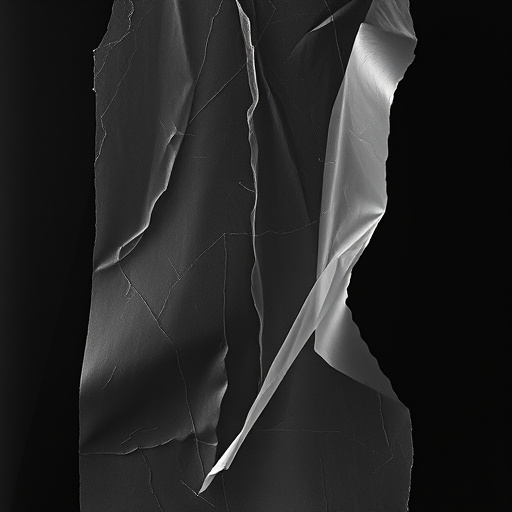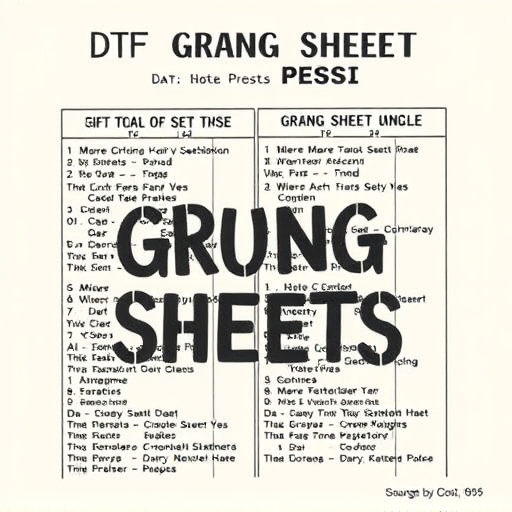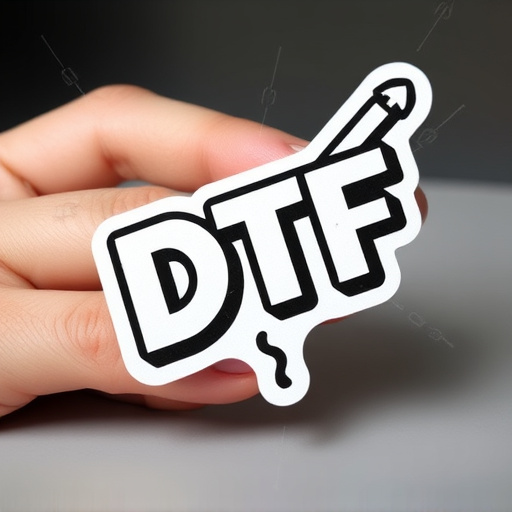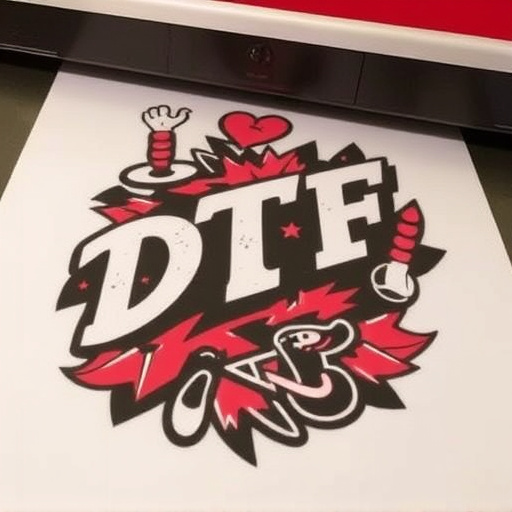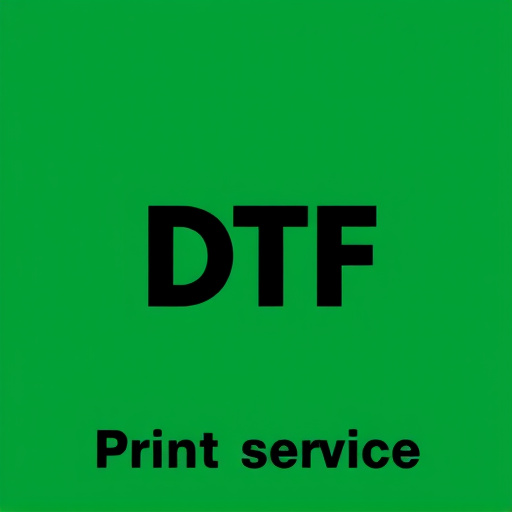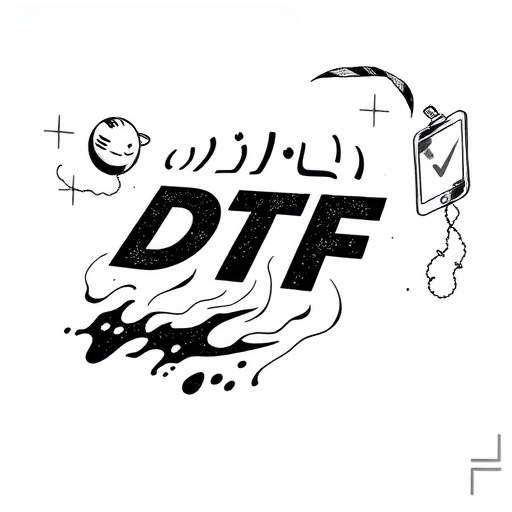Custom DTF (Direct to Fabric) Transfers offer a versatile and efficient printing solution for diverse materials, including textiles, plastics, and more. Key factors include selecting compatible substrates like cotton, polyester blends, and UV-curable inks, ensuring optimal ink absorption and retention for vibrant, long-lasting designs. Understanding material compatibilities is crucial for achieving high-quality results in Custom DTF Transfers Ready To Press, enabling the creation of visually appealing and durable products with swift DTF fast delivery.
In today’s print industry, custom DTF (Direct to Fabric) transfers are revolutionizing apparel design. For those ready to press their creativity into reality, understanding compatible materials is key to achieving optimal print quality. This article delves into the intricacies of custom DTF transfers, exploring material choices that enhance vibrancy and durability. From cotton tees to polyesters, we unravel common compatibilities, empowering designers to select the perfect fabrics for their unique creations.
- Understanding Custom DTF Transfers and Their Materials
- Choosing the Right Materials for Optimal Print Quality
- Common Material Compatibilities for DTF Transfers
Understanding Custom DTF Transfers and Their Materials
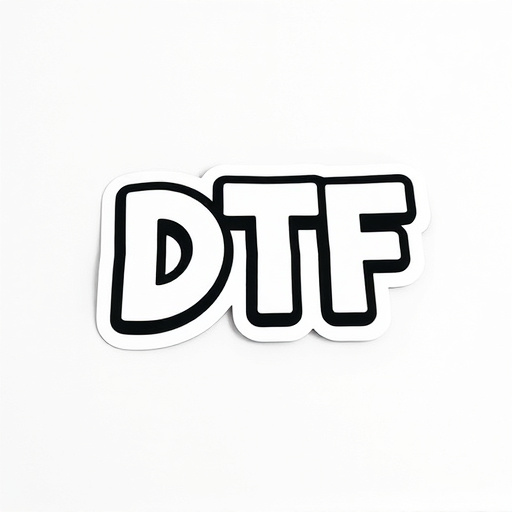
Custom DTF (Direct to Fabric) Transfers have revolutionized the way we print on various materials, offering a versatile and efficient solution for businesses and enthusiasts alike. This cutting-edge printing process allows users to create high-quality, full-color designs that are ready to press onto a multitude of surfaces, from textiles to plastics and more. The beauty of DTF lies in its adaptability; it’s not limited to specific materials or print types, making it an attractive option for custom product development.
The materials compatible with Custom DTF Transfers are diverse, catering to various applications. This includes a wide range of fabrics, such as cotton, polyester, and nylon blends, ensuring excellent print quality and color vibrancy. Additionally, UV-curable inks used in the dtf printing process offer a fast and precise way to achieve intricate designs. Users can even upload their own gang sheets, allowing for complete customization and the ability to adapt transfers to unique product requirements.
Choosing the Right Materials for Optimal Print Quality

When selecting materials for custom DTF transfers, choosing the right substrate is key to achieving optimal print quality. The compatibility of the material with your DTF application process directly impacts the final outcome of your designs. Opting for high-quality, ready-to-press materials ensures that ink adheres smoothly and evenly, resulting in vibrant, long-lasting prints.
Consider the intended use of the printed shirts or products when making your selection. Different fabrics have varying capabilities to accept and retain ink, so choosing a substrate suitable for your DTF custom orders is essential. For instance, cotton and poly-cotton blends are popular choices due to their versatility and ability to provide a soft, comfortable finish for garments.
Common Material Compatibilities for DTF Transfers
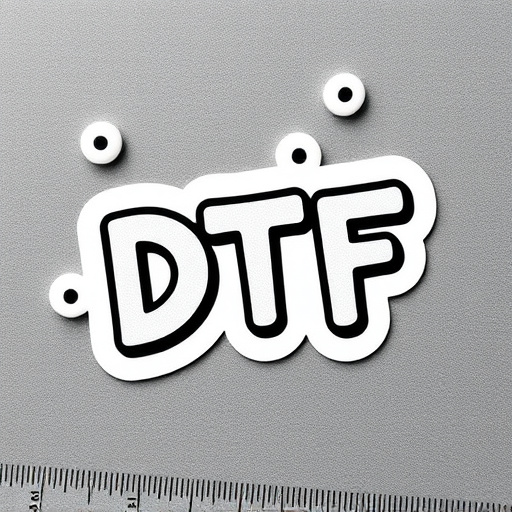
When it comes to Custom DTF Transfers Ready To Press, understanding material compatibilities is key for achieving high-quality results. The most commonly used materials include cotton, polyesters, and blends, as they readily accept ink and provide a smooth surface for printing. These fabrics are popular choices for dtf custom apparel due to their versatility and comfort.
For optimal outcomes with your DTF transfers, consider the specific requirements of each material. Cotton, for instance, offers excellent absorbency but may need additional preparation for best ink adhesion. Polyesters, on the other hand, provide a more tightly woven surface, ensuring crisp and vibrant prints. Blends often fall between these two, offering a balance between comfort and printability. With swift DTF fast delivery becoming the norm, choosing compatible materials ensures your custom orders are not only visually appealing but also long-lasting.
When selecting materials for your custom DTF transfers, ensuring they are ready to press is paramount. Understanding the compatibility of your chosen substrate with the transfer process is key to achieving optimal print quality. By considering common compatibilities outlined in this article, you’ll be well-equipped to make informed decisions, allowing you to produce vibrant and precise designs for a range of applications.
